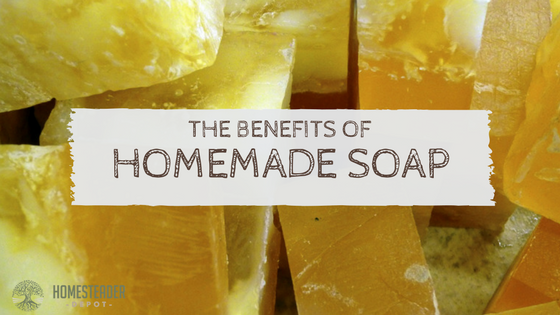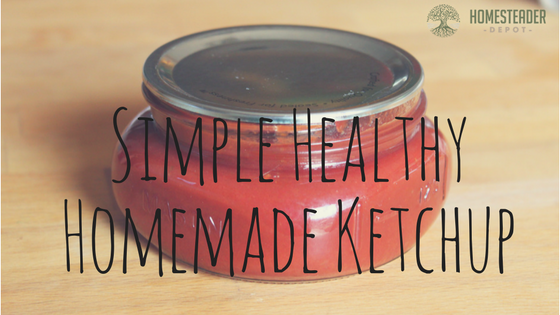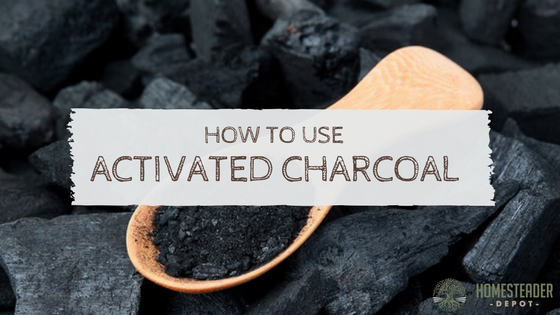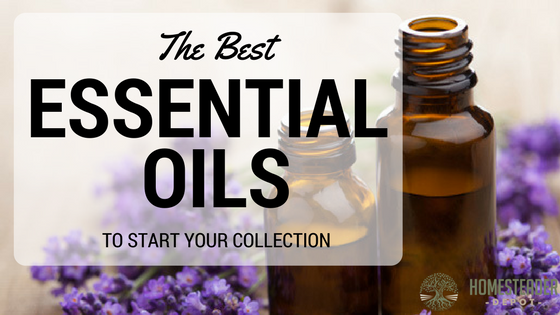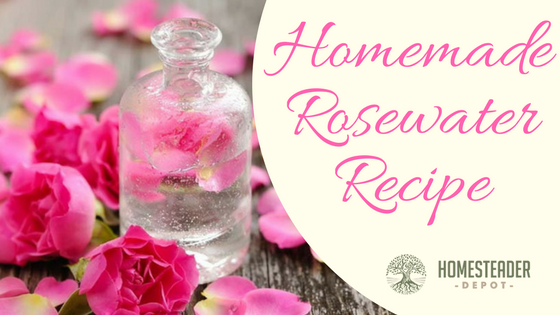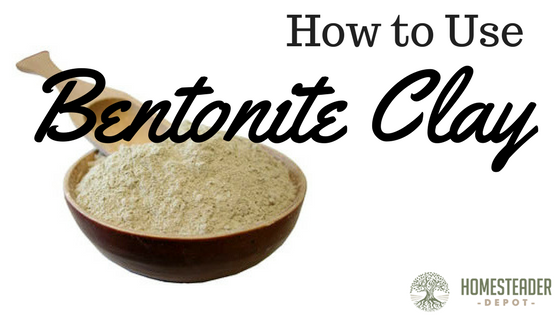Making Chicken Feed: Pros and Cons (Video)
As with all things DIY, I’ve always assumed that making your own chicken feed would be healthier, and more affordable. However, I’ve been reading that while that can be true, it’s not always the case. These homesteaders and YouTubers have been making their own chicken feed, and received a lot of questions about how to … Read more


